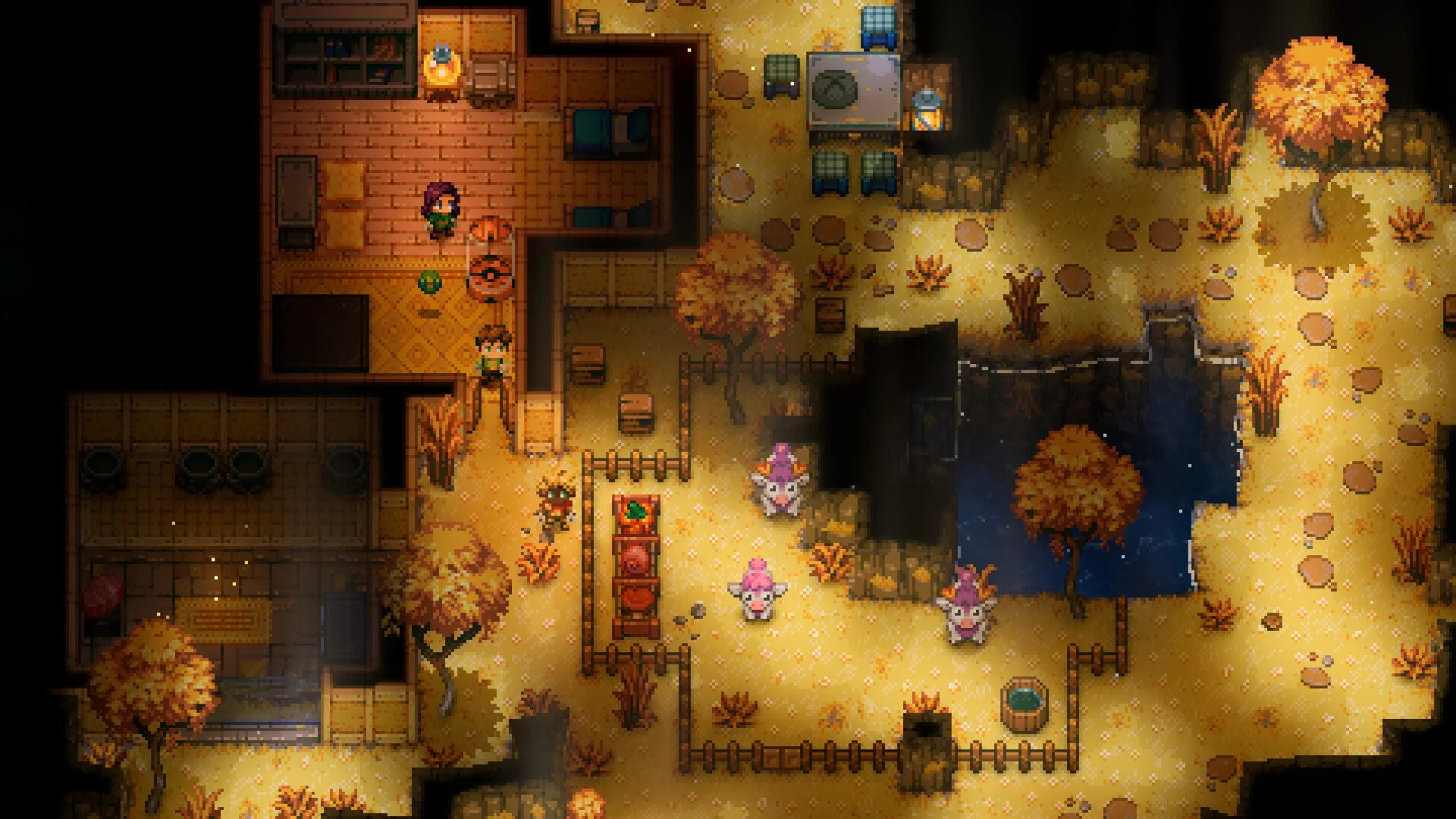Core Keeper [Review]
Core Keeper, is a simple pixel survival game with sandbox elements. The game was developed by Pugstorm and published by Fireshine Games and Bilibili. The game begins by placing your character in a dimly lit circular room with a broken “core” that tells you it’s out of power. The game takes place completely underground so the only way to get out of this room is to dig in any direction. Luckily the room you spawn in has a bunch of roots for you to dig up and collect wood to make your first set of tools. Digging out is how you can get more materials to upgrade and get strong. It’s important to get strong enough to defeat the main bosses of the game, these bosses are how you can power up and repair the core.
Now I know how easy it is to look at this game and compare it to games like Minecraft or Terraria. After all is the fate of every survival game. But in all honesty, other than being in the same genre these games aren’t very similar. They don’t even give off the same feeling. Terraria is stressful, difficult, and complicated while Core Keeper is more of a cozy and simplistic game. Core Keeper even gives off a similar feeling to playing Stardew Valley, being a top-down pixel game with farming elements (if you’d like to farm at least). It even has a similar art style as opposed to more popular pixel side-scrolling pixel games like Starbound and Terraria.
The similarities Core Keeper has with other survival games are mainly mechanics that you can find in most survival games. Like in Core Keeper, you can make a world and then your character. Similarly to Terraria, this way you can have one character travel through multiple worlds. This encourages you to create a new world to gather rare materials and transport them through your worlds. Or even to upgrade your character. Core Keeper does something I’ve not seen in a pixel survival game which is to have a skill tree. In Core Keeper you can level up specific stats like cardio, mining, combat, etc. After a certain amount of levels you’ll even get points to upgrade stats you can see in your inventory screen.
Something that makes Core Keeper different from other survival games is the base-building mechanics. Since the entire game is underground and the game has a top-down angle. You can’t build up at all, other than making a wall that acts as decorations or support beams. So you have to get creative, luckily the game does give a lot of nice decoration items that you can make or find. You find them by exploring and finding pockets and biomes. You’ll often find run-down camps with bedrolls and tents and some even have flooring that you can rip up and take. In different biomes, you can collect trees and blocks that’ll change the whole vibe of your base. And since the world is underground there isn’t too much open ground to build a base so it makes most sense to transform the center room that you spawn in. And if you’d like you can dig out more of the space to make the base larger. Core Keeper is a sandbox game but the limitations force the player to be creative and the end can result in some pretty cool rooms.
Core Keeper is an interesting survival game that will keep its playability through the differing biomes and worlds you can explore. It’s almost like playing the game gave me the same calm feeling I get from playing farming sims. Core Keeper can have its moments, especially against some of the more difficult enemies, but something about it gives me the same feeling I get from playing Stardew Valley. No matter what happens or how difficult it gets I can’t get frustrated with this game. It’s not a feeling many games give me and I can’t wait to play it with my friends and properly experience it with the co-op. Core Keeper gets a 10/10 from me, I might even try to get the game again on Switch so I can play it on the go. It’s the kind of game that I’d like to pick up and play for a few hours whenever I’m in between games. Core Keeper is available on Switch, Xbox One/Series, and PlayStation 4/5.





